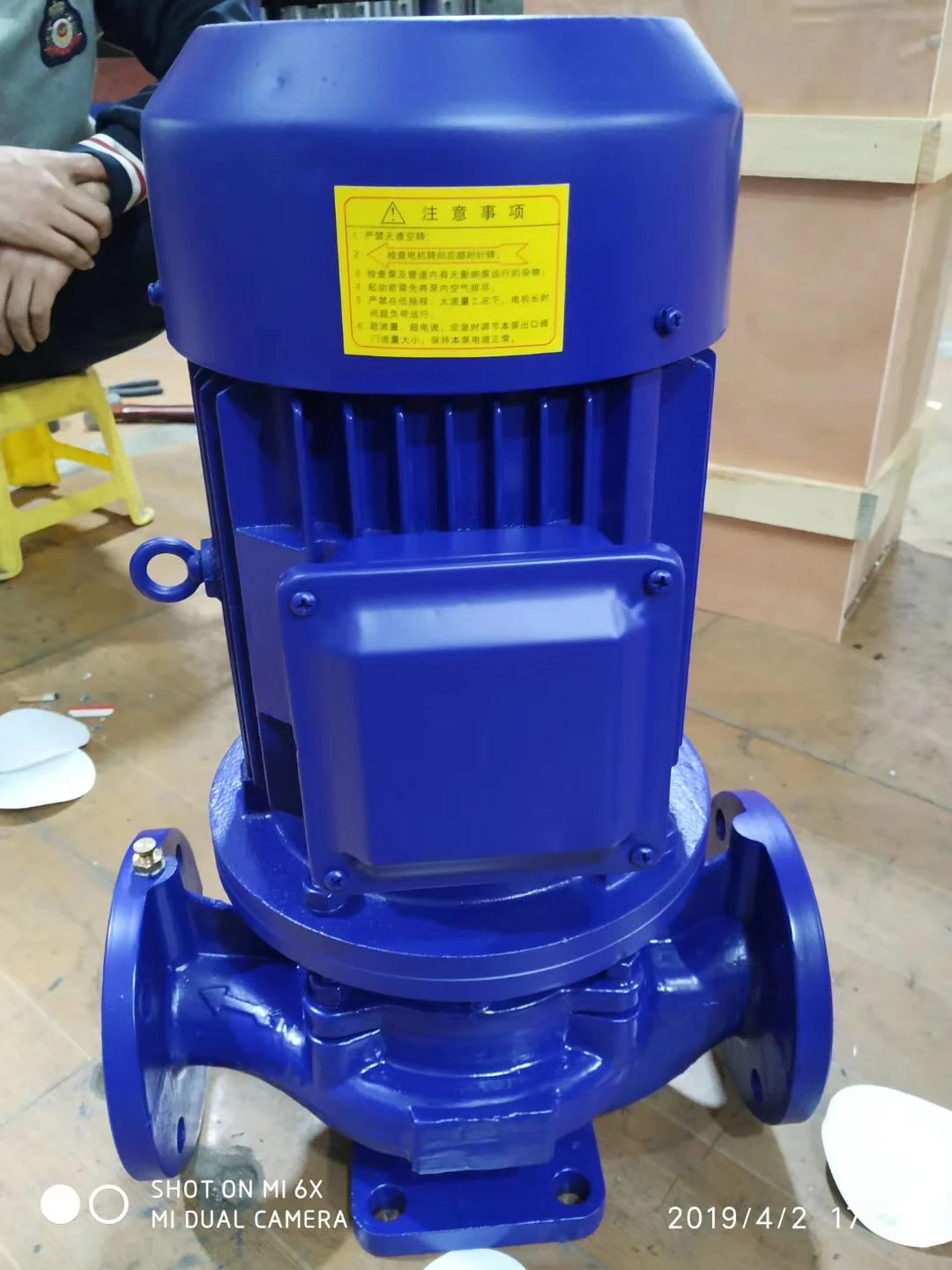English
- Afrikaans
- Albanian
- Amharic
- Arabic
- Armenian
- Azerbaijani
- Basque
- Belarusian
- Bengali
- Bosnian
- Bulgarian
- Catalan
- Cebuano
- Corsican
- Croatian
- Czech
- Danish
- Dutch
- English
- Esperanto
- Estonian
- Finnish
- French
- Frisian
- Galician
- Georgian
- German
- Greek
- Gujarati
- Haitian Creole
- hausa
- hawaiian
- Hebrew
- Hindi
- Miao
- Hungarian
- Icelandic
- igbo
- Indonesian
- irish
- Italian
- Japanese
- Javanese
- Kannada
- kazakh
- Khmer
- Rwandese
- Korean
- Kurdish
- Kyrgyz
- Lao
- Latin
- Latvian
- Lithuanian
- Luxembourgish
- Macedonian
- Malgashi
- Malay
- Malayalam
- Maltese
- Maori
- Marathi
- Mongolian
- Myanmar
- Nepali
- Norwegian
- Norwegian
- Occitan
- Pashto
- Persian
- Polish
- Portuguese
- Punjabi
- Romanian
- Russian
- Samoan
- Scottish Gaelic
- Serbian
- Sesotho
- Shona
- Sindhi
- Sinhala
- Slovak
- Slovenian
- Somali
- Spanish
- Sundanese
- Swahili
- Swedish
- Tagalog
- Tajik
- Tamil
- Tatar
- Telugu
- Thai
- Turkish
- Turkmen
- Ukrainian
- Urdu
- Uighur
- Uzbek
- Vietnamese
- Welsh
- Bantu
- Yiddish
- Yoruba
- Zulu
Telephone: +86 13120555503
Email: frank@cypump.com
Nov . 05, 2024 16:40 Back to list
submersible sewage sump pump
Understanding Submersible Sewage Sump Pumps
Submersible sewage sump pumps are essential devices designed to eliminate wastewater and sewage from residential and commercial properties, particularly in locations that experience flooding or where gravity drainage is impractical. These specialized pumps are engineered to operate efficiently while submerged in the fluid they are pumping, making them ideal for a variety of applications.
How Submersible Sewage Sump Pumps Work
Unlike standard pumps that are installed above the fluid level, submersible pumps are placed directly into the sewage basin or sump pit. This design allows them to push wastewater upwards to the surface level through pipes. A submersible sump pump typically consists of a motor, a pump body, and an impeller, all securely housed in a waterproof casing. When the sewage level rises, a float switch activates the pump, initiating the pumping process.
The impeller spins rapidly, generating centrifugal force that propels the liquid through the discharge pipe and away from the sump. These pumps are capable of handling solid materials, such as food waste and small debris, which makes them particularly effective in managing sewage and wastewater that may contain such particles.
Applications of Submersible Sewage Sump Pumps
Submersible sewage sump pumps are utilized in various settings. In residential applications, they are commonly found in basements and crawl spaces that may be susceptible to flooding. During heavy rainfall or snowmelt, these pumps prevent water accumulation by pumping excess liquid out into storm drains or away from the property.
In commercial settings, these pumps are essential for maintaining sanitary conditions by disposing of wastewater from restrooms, kitchens, and industrial processes. They are also integrated into wastewater treatment systems, where they move sewage to treatment facilities.
submersible sewage sump pump

Benefits of Submersible Sewage Sump Pumps
One significant advantage of submersible sewage pumps is their ability to operate quietly and efficiently. Since they work underwater, noise levels are considerably reduced, offering a more pleasant environment for users. Additionally, their design minimizes the risk of flooding, protecting basements and critical infrastructure from water damage.
Moreover, submersible pumps are versatile and adapted to various depths and conditions. They can be used for both residential and industrial applications, showcasing their flexibility. Modern submersible pumps are also equipped with features such as built-in thermal protection to prevent overheating, automatic reset functions, and advanced float switches for optimal operation.
Maintenance Considerations
While submersible sewage sump pumps are designed for durability, regular maintenance is crucial to ensure their longevity and efficiency. Homeowners and facility managers should periodically check the pump for any signs of wear, debris buildup, or mechanical issues. Cleaning the sump pit and inspecting the float switch and discharge lines can significantly reduce the likelihood of malfunction during critical times.
Conclusion
In summary, submersible sewage sump pumps play a vital role in managing wastewater effectively, ensuring sanitary conditions in homes and businesses alike. Their robust design, efficiency, and operational advantages make them indispensable in the fight against flooding and waste accumulation. By understanding their functionality, applications, and maintenance needs, property owners can harness the full potential of these pumps to safeguard their properties against the risks associated with water damage and sewage overflow. Investing in a reliable submersible sewage sump pump is a proactive step in enhancing water management and maintaining a safe and clean environment.
-
ISG Series Vertical Pipeline Pump - Chi Yuan Pumps Co., LTD.
NewsJul.30,2025
-
ISG Series Vertical Pipeline Pump - Chi Yuan Pumps Co., LTD.|energy-efficient fluid handling&industrial durability
NewsJul.30,2025
-
ISG Series Vertical Pipeline Pump - Chi Yuan Pumps | Advanced Engineering&Industrial Efficiency
NewsJul.30,2025
-
ISG Series Pipeline Pump - Chi Yuan Pumps | High Efficiency, Energy Saving
NewsJul.30,2025
-
ISG Series Vertical Pipeline Pump-Chi Yuan Pumps|High Efficiency&Reliable Performance
NewsJul.29,2025
-
ISG Series Vertical Pipeline Pump|High Efficiency&Low Noise
NewsJul.29,2025










